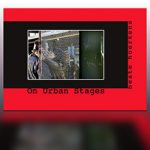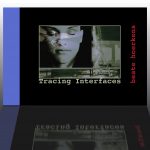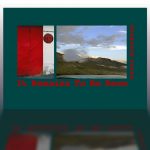
On Urban Stages
Urban Stages these are the stages of the city, on which we move around day in,
day out. Deliberately or not, we all take on a role and in doing so contribute to
a vast, ever new urban panopticon. It is a unifying pleasure to ‘read’ this wealth of
roles, signals and body language with the camera and to realise that we ourselves are
players, watched by others, in this comédie urbaine.
The images present condensed scenes, created through montage. These represent the fragmentary impressions that seamlessly displace one another in urban spaces, and the mixture of images of a city and its pulsating life that we are confronted with
when on the move.
***********

Tracing Interfaces
We dream more than we think we do. At night, of course, but almost as much by day. And dreams are not all alike. Just as our thoughts range from the airy and the ephemeral to the heavy and the profound, so do our dreams: they vary in their depth, some trivial, some influential, some holding great potential. Often, they imperceptibly permeate the day. We are far from being always wide awake with all our senses – we often linger, without being distinctly aware of it, at a crossroads between wakefulness and dreaming.
This is by no means abnormal or regrettable, because life is good in these liminal spaces, these interfaces of consciousness. Here, the inner images that we all live with take flight. Here, we find a source for ideas and inventions, for creativity in general. In these liminal spaces, knowledge and consciousness intertwine and overlap with dreams and fantasy. This is also true when it comes to finding and creating images – the images in this book.
***********

It remains to be seen
Iceland has recently become a textbook example of sudden, almost dangerous development. It is understandable that visitors started flocking to the island once the big financial crash of 2008 had made it affordable. Tourism is now undisputedly the most important contributor to Iceland’s economy. In this scarcely industrialised country, too many want to get themselves a piece of the pie. Nature is partly being destroyed to serve the purposes of foreign investors, and the government has not fulfilled its promise of using this as an opportunity to create prosperity and good jobs.
The country’s future: It remains to be seen.
Each day offers up a rollercoaster of emotions to the traveller – the beguiling beauty of the island on the one hand, the effects of uncontrolled tourism on the other. These effects include the relentless destruction of fragile nature, as well as rising tensions between locals and tourists. It is also impossible to ignore the rural exodus, the abandoned farms, the very modest lifestyle in the island’s villages.
This daily conflict of emotions can also be found in the images of this book. The pictures, therefore, do not seek to satisfy what Klaus Honnef called the basic human need for illusion, even if the magic of Iceland and its almost unreal colours are ‘naturally’ present in the images.
I wanted to bring my impressions of Iceland together in a form that corresponds to the contradictions that I experienced. Locals and tourists should be deeply concerned about whether this bewitchingly beautiful island in the cold North Atlantic will manage to stem the onslaught of tourists and defend itself against all further forms of destruction with all its strength. Because Iceland should remain – it should remain: to be seen.